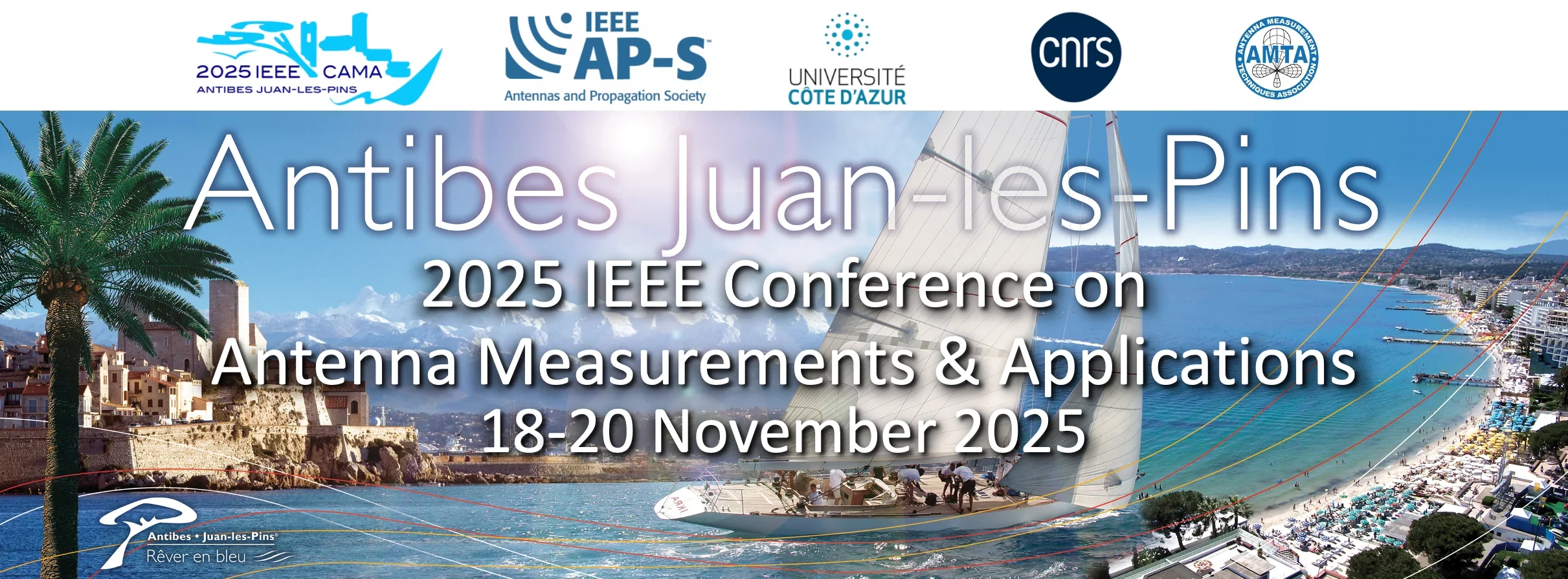The 2025 IEEE CAMA logo  suggesting the ramparts of Antibes, a Mediterranean stone pine, a seagull, the Mediterranean sea, and a sailing boat, is freely inspired from the work of painter Nicolas de Staël (born on January 5, 1914), who lived in Antibes where he died on March 16, 1955 at the age of 41.
suggesting the ramparts of Antibes, a Mediterranean stone pine, a seagull, the Mediterranean sea, and a sailing boat, is freely inspired from the work of painter Nicolas de Staël (born on January 5, 1914), who lived in Antibes where he died on March 16, 1955 at the age of 41.
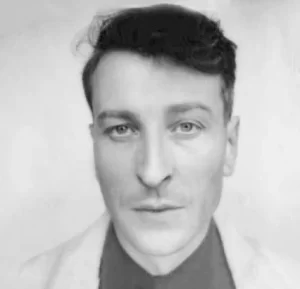
He was a painter known for his use of a thick impasto (technique used where paint is laid on an area of the surface very thickly, thickly enough that the brush or painting-knife strokes are visible) and his highly abstract landscape painting.
Nicolas de Staël was born Nikolai Vladimirovich Stael von Holstein (Russian: Николай Владимирович Шталь фон Гольштейн) in Saint Petersburg, into the family of a Russian Lieutenant General, Baron Vladimir Stael von Holstein, (a member of the Staël von Holstein family, and the last Commandant of the Peter and Paul Fortress) and his second wife, Lubov Vladimirovna Berednikova (his first wife was Olga Sakhanskaya).
De Staël’s family was forced to emigrate to Poland in 1919 because of the Russian Revolution; both his father and stepmother died in Poland and the orphaned Nicolas de Staël was sent with his older sister Marina to Brussels to live with a Russian family (1922)
In 1941, he moved to Nice where he met Jean Arp, Sonia Delaunay and Robert Delaunay, and these artists would inspire his first abstract paintings, or “Compositions”. In the fall of 1954, he moved with his family to Antibes.
Views of the house in Antibes, Rue Revély, near the ramparts, in which Staël died. There are two plaques on both sides of the main front door which are written in both Russian and French. Translated into English they say: “The painter Nicolas de Staël (1914–1955) lived in this house where he died on 16 March 1955”.
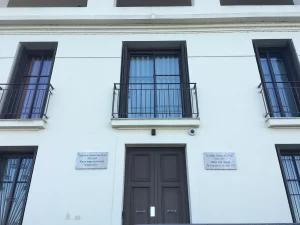
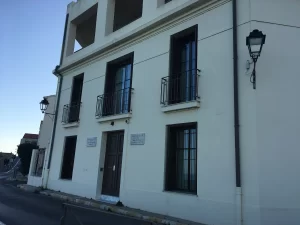
Nicolas de Staël’s works can be seen at the Picasso Museum of Antibes.
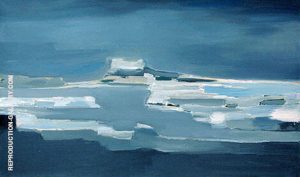 Le Fort Carré d’Antibes, Nicolas de Staël, 1955
Le Fort Carré d’Antibes, Nicolas de Staël, 1955
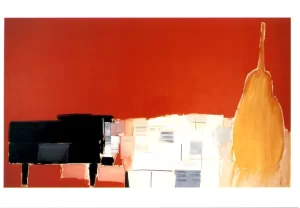 Le Grand Concert, Nicolas de Staël, 1955 (his last painting),
Le Grand Concert, Nicolas de Staël, 1955 (his last painting),
